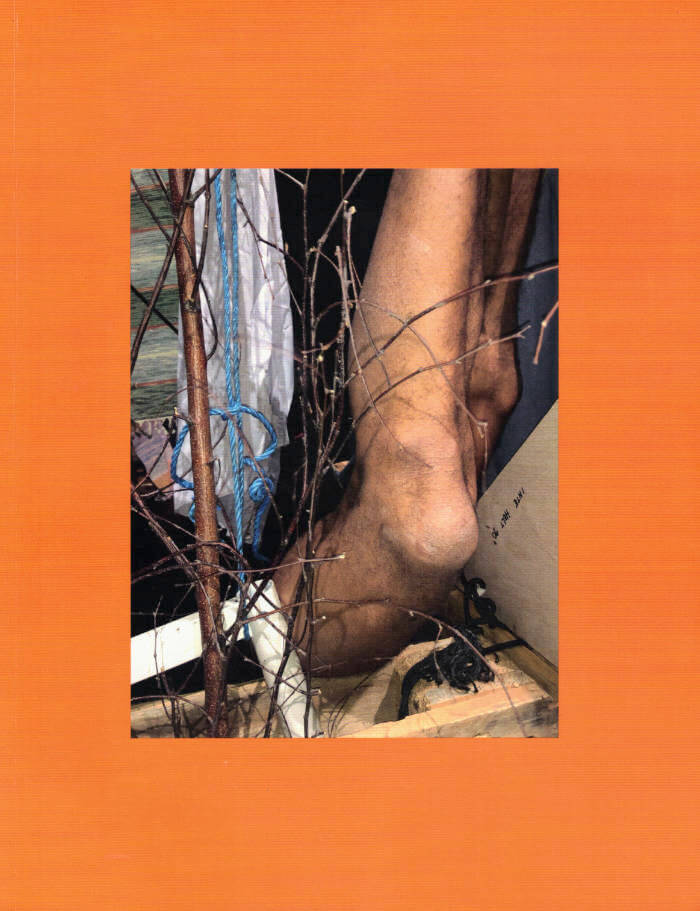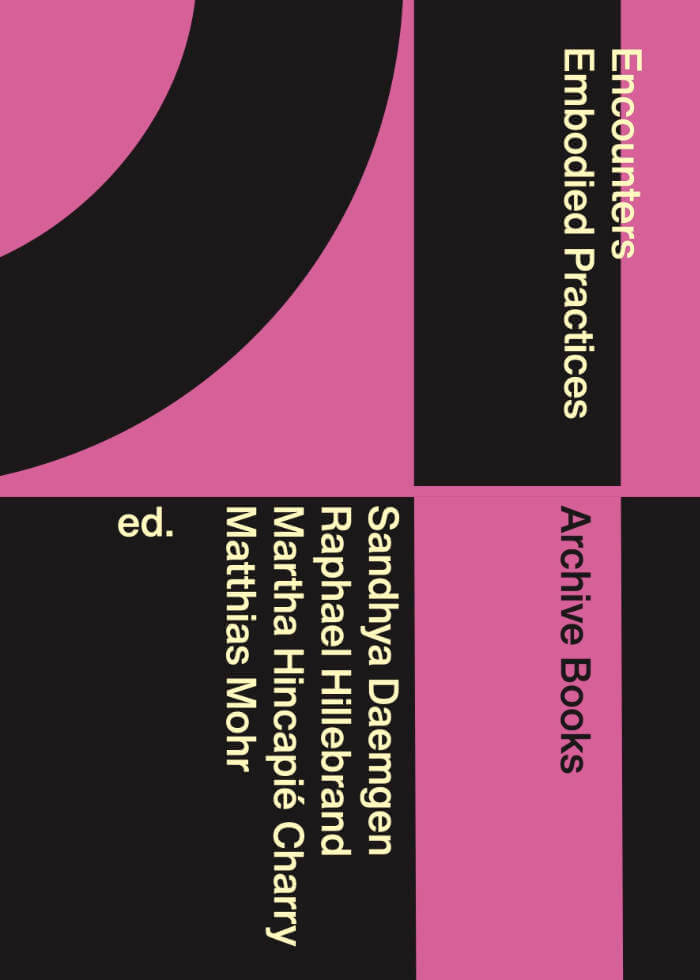
I Will Draw a Map of What You Never See – Endeavours in Rhythmanalysis
Bonaventure Soh Bejeng Ndikung ed., Saskia Köbschall ed., Anna Jäger ed., Elena Agudio ed.
A multidisciplinary investigation of the interrelations of space and time, memory, architecture and urban planning through and beyond Henri Lefebvre's concept of Rhythmanalysis.
“The whole universe revolves around rhythm, and when we get out of rhythm, that's when we get into trouble.”—Babatunde Olatunji
A gathering of the echoes, memories and findings after three years of research, performances, exhibitions and conversations within “That, Around Which The Universe Revolves. On Rhythmanalysis of Memory, Times, Bodies in Space”. With chapters in Lagos, Düsseldorf, Harare, Hamburg and Berlin, the S A V V Y Contemporary project and publication bring together visual artists, urbanists, writers, photographers, performers, poets, and theorists to investigate the interrelations of space and time, memory, architecture and urban planning through and beyond Henri Lefebvre's concept of Rhythmanalysis.
Published following the exhibition project “That, Around Which The Universe Revolves. On Rhythmanalysis of Memory, Times, Bodies in Space”, SAVVY Contemporary, Berlin, from December 1st, 2017, to January 28, 2018.
Edited by Elena Agudio, Anna Jäger, Saskia Köbschall, Bonaventure Soh Bejeng Ndikung.
Contributions by Akinbode Akinbiyi, Jacques Coursil, Thulile Gamezde, Gintersdorfer/Klaßen, Noa Ha, Hebbel am Ufer Berlin (Annemie Vanackere & Ricardo Carmona), Kampnagel Hamburg (Caroline Spellenberg), Jan Lemitz, Dorothee Munyaneza, Lucia Nhamo, Christian Nyampeta, Qudus Onikeku, Tracey Rose, Louis Henri Seukwa, AbdouMaliq Simone, Awilda Sterling, Greg Tate, Kathrin Tiedemann, Trinh T. Minh-ha, Tinofireyi Zhou, Percy Zvomuya.







